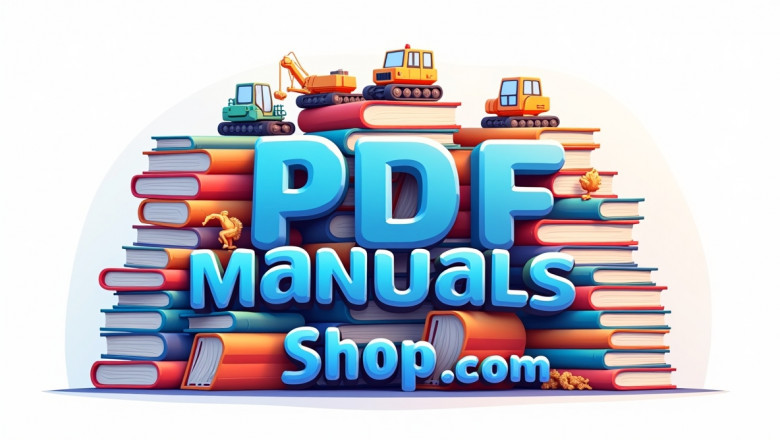views
Overheating in heavy equipment can lead to engine damage, decreased performance, and costly repairs. Common causes include coolant system failures, blocked radiators, and faulty components. Here’s a detailed guide to diagnosing and fixing overheating problems.
1. Low Coolant Levels
Low coolant levels reduce the system's ability to regulate engine temperature, leading to overheating.
How to Fix It:
Check the coolant level in the radiator and reservoir. If it's low, top it off with the manufacturer-recommended coolant. Inspect the system for leaks in hoses, the radiator, or the water pump. Repair or replace any leaking parts.
Pro Tip: Regularly check and maintain coolant levels to prevent overheating and ensure optimal engine performance.
2. Clogged or Dirty Radiator
A clogged or dirty radiator can restrict airflow and reduce the cooling system's efficiency.
How to Fix It:
Inspect the radiator for dirt, debris, or corrosion blocking the fins. Clean the radiator using a soft brush or compressed air. If the radiator is heavily clogged or corroded, consider flushing or replacing it.
Pro Tip: Keep the radiator clean and clear of debris to maintain efficient cooling and prevent overheating.
3. Faulty Thermostat
A faulty thermostat can prevent coolant from flowing through the engine, causing it to overheat.
How to Fix It:
Test the thermostat by removing it and placing it in hot water to see if it opens and closes at the correct temperature. Replace the thermostat if it’s stuck open or closed.
Pro Tip: Use a high-quality thermostat that meets the manufacturer’s specifications to ensure reliable operation.
4. Malfunctioning Water Pump
The water pump circulates coolant throughout the engine. A malfunctioning pump can lead to poor circulation and overheating.
How to Fix It:
Inspect the water pump for leaks, unusual noises, or a loose or worn drive belt. Replace the pump if it shows signs of wear or failure. Ensure the new pump is properly installed and aligned.
Pro Tip: Regularly inspect the water pump and drive belt to prevent unexpected failures and maintain proper coolant circulation.
5. Air in the Coolant System
Air pockets in the coolant system can disrupt coolant flow, leading to uneven cooling and overheating.
How to Fix It:
Bleed the coolant system to remove air pockets. Follow the manufacturer’s procedure, typically involving running the engine with the radiator cap off to allow trapped air to escape. Refill the system with coolant as needed.
Pro Tip: Bleed the coolant system after maintenance or repairs involving coolant drainage to prevent air pockets.
6. Blocked or Faulty Cooling Fan
A blocked or faulty cooling fan can reduce airflow through the radiator, causing the engine to overheat.
How to Fix It:
Inspect the cooling fan for debris or damage. Ensure the fan blades are intact and spinning freely. Test the fan motor and relay for proper operation. Replace any faulty components to restore airflow.
Pro Tip: Keep the cooling fan and surrounding area clean to maintain proper airflow and prevent overheating.
7. Insufficient Coolant Mixture
Using the wrong coolant mixture can reduce the cooling system's efficiency and lead to overheating.
How to Fix It:
Check the coolant mixture ratio and ensure it meets the manufacturer’s recommendations (usually 50/50 coolant to water). Drain and refill the system with the correct mixture if needed.
Pro Tip: Always use the recommended coolant mixture to ensure optimal cooling performance and prevent overheating.
8. Engine Overload
Operating the equipment under heavy loads for extended periods can cause the engine to overheat.
How to Fix It:
Monitor the engine load and reduce it if necessary. Ensure the cooling system is in good condition and capable of handling the operating conditions. Consider upgrading the cooling system if frequent heavy loads are part of regular operations.
Pro Tip: Avoid overloading the equipment to prevent overheating and ensure long-term reliability.
Conclusion:
Overheating in heavy equipment can result from various issues, including low coolant levels, clogged radiators, and faulty components. Prompt diagnosis and repair are essential to prevent engine damage and maintain performance. For detailed repair manuals and troubleshooting guides, visit pdfmanualsshop.com, your trusted source for heavy equipment manuals.






















Comments
0 comment